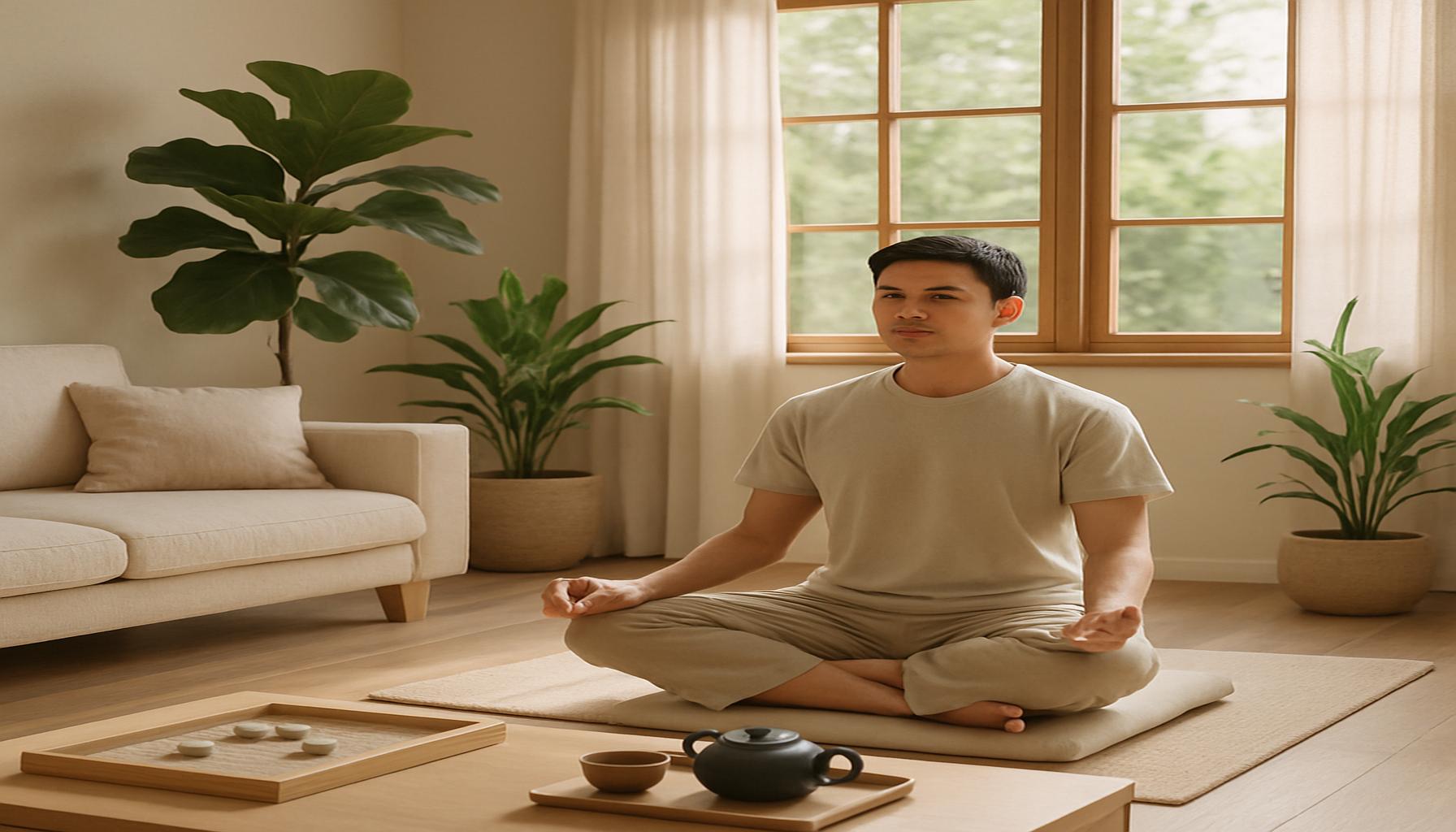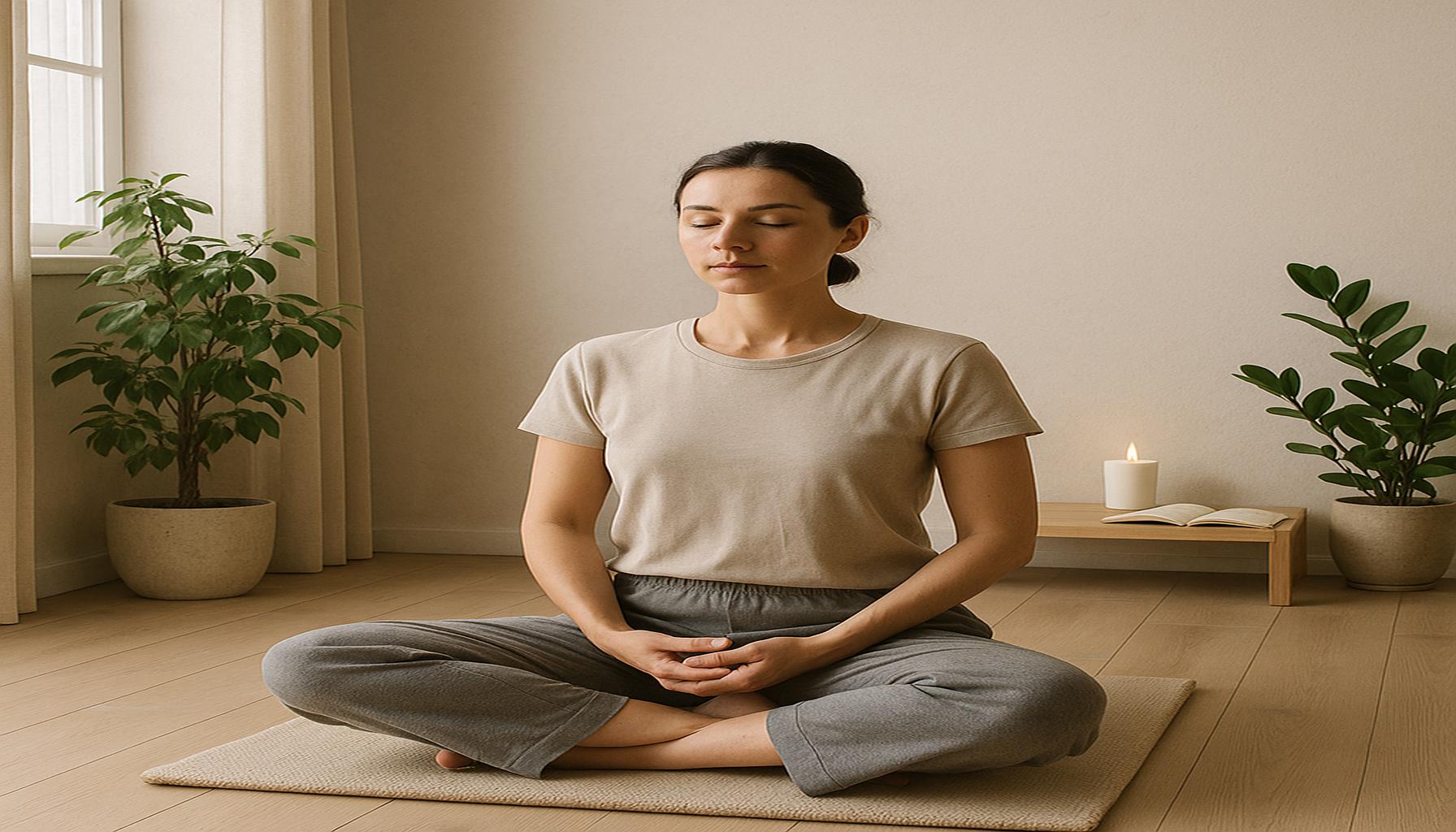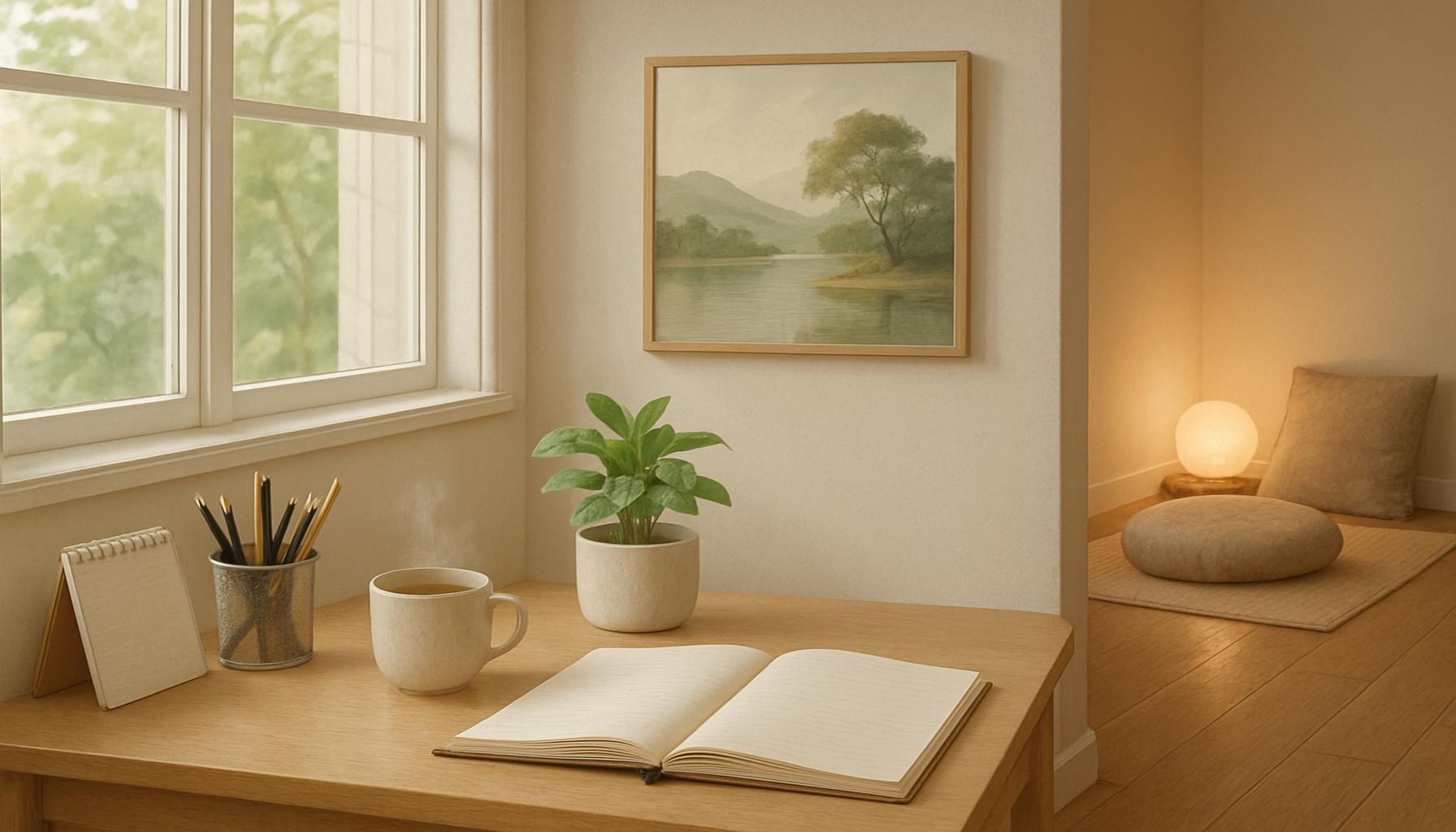Mindfulness and Personal Organization: How Mindfulness Can Help Reduce Mental and Physical Clutter
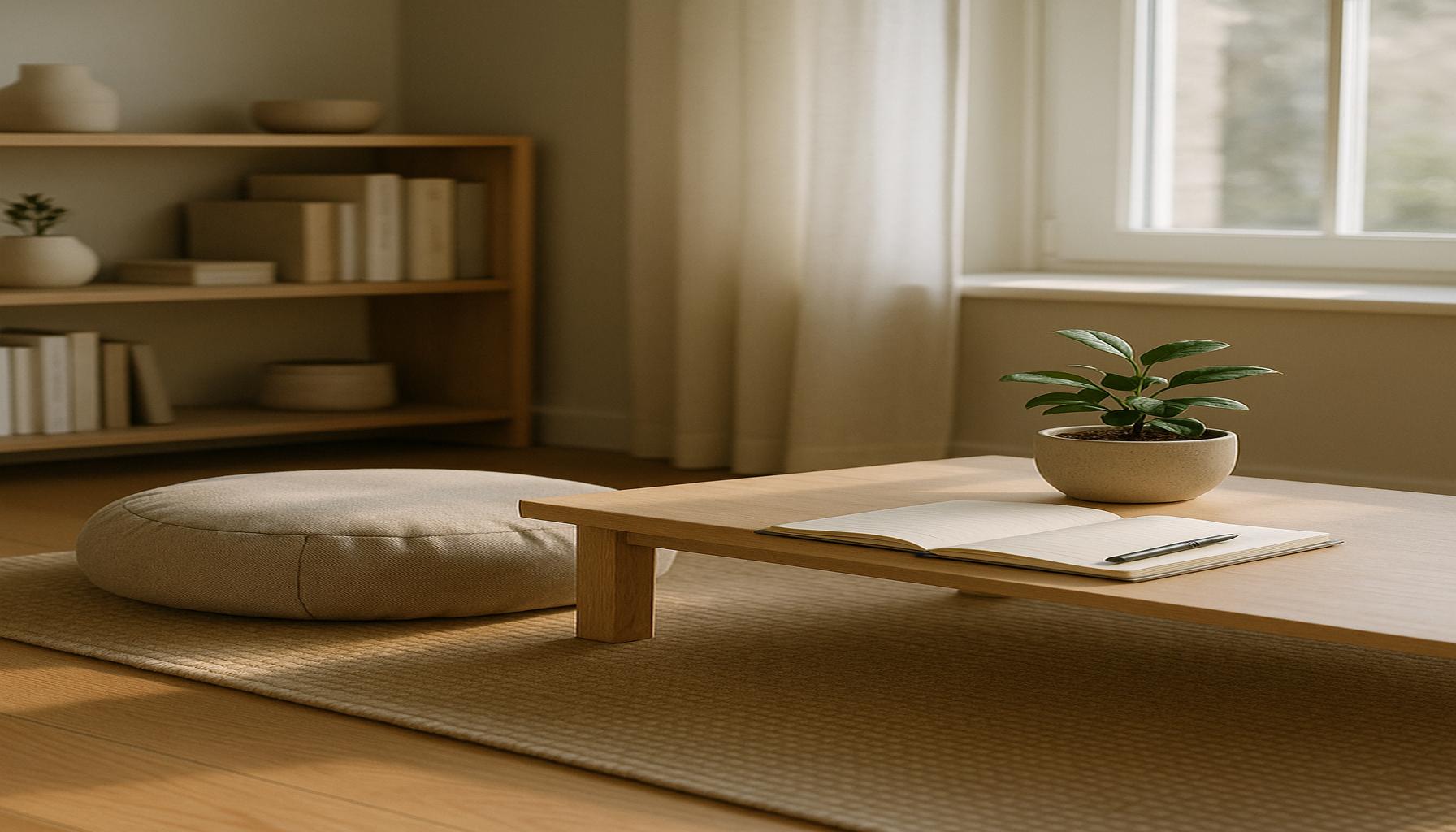
Understanding Mindfulness in Daily Life
The phenomenon of mindfulness has gained significant traction in recent years, becoming somewhat of a cultural movement focused on mental well-being. Individuals are increasingly seeking ways to cope with the relentless pace of modern life, including the overwhelming amount of information that bombards us daily. This mindfulness practice serves as a respite from the chaos, encouraging people to redirect their attention to the present moment. By doing so, practitioners can reap several benefits that extend beyond mere emotional regulation.
The foundational concept of mindfulness lies in being present—a practice that allows individuals to focus on their current thoughts, feelings, and surroundings without judgment. It encourages a deeper engagement with everyday activities, which fosters a sense of peace and clarity in a world rife with distractions. When one fully engages in an activity, whether it’s eating, walking, or even cleaning, mundane tasks transform into moments of reflection and enjoyment.
Benefits of Mindfulness
Incorporating mindfulness into one’s life can lead to profound changes in both mental and physical health. Here are a few key benefits that stand out:
- Improved focus: By training the mind to reduce distractions, individuals can hone in on important tasks. Techniques such as mindful breathing or brief meditative pauses can enhance concentration, enabling progress in both professional and personal pursuits.
- Enhanced emotional clarity: Mindfulness practices—such as journaling about one’s feelings or engaging in guided meditations—help individuals recognize emotional triggers and patterns. This awareness promotes better emotional regulation and decision-making, leading to healthier relationships and improved conflict resolution.
- Physical decluttering: Mindfulness encourages a greater awareness of one’s environment. Simple practices, such as evaluating one’s living space mindfully, can lead to a more organized and serene home. This awareness can prompt individuals to discard unnecessary items, making room for a more peaceful atmosphere.
Quantifying the impact of mindfulness reveals compelling evidence; studies indicate reductions in anxiety levels, enhanced productivity, and improved overall well-being. For instance, a 2018 study published in the journal Psychological Science showed that brief mindfulness practices could lead to significant reductions in stress and simultaneous increases in resilience.
Practical Strategies to Enhance Mindfulness
As readers delve deeper into the integration of mindfulness with personal organization, there are several effective strategies to consider. For instance, starting each day with a mindful morning routine—such as meditation, yoga, or simply enjoying a quiet cup of coffee—can set a positive tone for the day. Additionally, practicing mindfulness during everyday chores, like washing dishes or folding laundry, allows individuals to engage fully with the task, turning these moments into enriching practices.
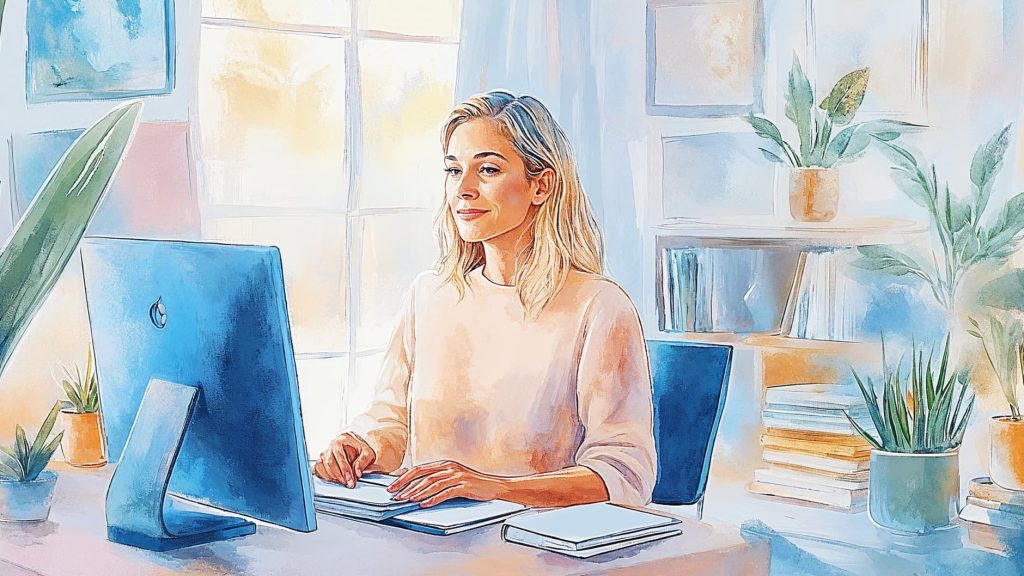
Ultimately, adopting mindfulness as a tool for personal organization offers a pathway to a more calm, structured, and fulfilling life. By fostering connections between mental awareness and physical actions, individuals can navigate life’s complexities with greater ease and confidence. Engaging deeply with the present moment not only enhances productivity but also cultivates a profound sense of contentment—an invaluable aspect of the human experience.
DISCOVER MORE: Click here to learn about how your home items reflect your priorities
Mindfulness as a Framework for Organization
To fully grasp the impact of mindfulness on personal organization, it is essential to understand how this practice extends beyond mere awareness. It can be systematically integrated into our daily routines, promoting a more intentional approach to both mental and physical spaces. One of the core principles of mindfulness is that it allows us to become aware of our thoughts and actions, opening a pathway to evaluate what truly matters in our lives. This examination can lead to informed decisions about what to keep and what to discard, both mentally and physically.
When engaging in mindfulness practices, individuals often report a heightened sense of clarity regarding their priorities. This clarity functions as a compass, guiding decisions that delineate between essential and non-essential tasks and possessions. Creating this distinction is pivotal, especially in a world where we are inundated with choices and obligations. For many, the accumulation of material items or mental burdens can create a sense of confusion and overwhelm. By embracing mindfulness, individuals can cultivate the ability to sift through these layers of clutter, allowing what truly serves them to resonate and thrive.
Implementing Mindfulness for Decluttering
Bringing mindfulness into the realm of organization offers various methods aimed at fostering clarity and order. Below are several effective strategies to consider when implementing mindfulness in personal organization:
- Mindful decluttering: Approach your physical belongings with intention. Instead of undertaking a rushed clean-up, carefully assess each item. Ask yourself whether it brings joy or serves a purpose in your life. This reflective process can lead to more meaningful decisions about what to keep.
- Task prioritization: Engage in mindful planning sessions. Set aside time each week to clearly define tasks and identify which are of the highest priority. By doing so, you create a focused to-do list that aligns with your values and goals.
- Digital mindfulness: In the digital age, mental clutter often stems from endless emails and notifications. Practice setting boundaries with technology—designate specific times to check messages and minimize distractions to cultivate a more organized digital presence.
The progression towards a more organized life through mindfulness transcends mere tidiness; it represents a commitment to living authentically. A 2020 study in the Journal of Environmental Psychology highlights that individuals who practice mindfulness are significantly more adept at maintaining focus amidst chaos and experiencing lower levels of stress. Therefore, it becomes clear that the practice of mindfulness can create a ripple effect, reducing clutter and enhancing overall well-being.
As we further explore the integration of mindfulness into personal organization, it is evident that these concepts are interconnected. Through specific actions and a deep-seated awareness of our choices, we can shape a life that is not only more orderly but also more aligned with our true selves. This intersection of mindfulness and organization is not just a trend; it is a transformative approach towards achieving a lesser-cluttered existence, both mentally and physically.
| Category | Description |
|---|---|
| Mindful Awareness | Recognizing and accepting your thoughts to cultivate clarity and promote organization. |
| Emotional Regulation | Managing stress and anxiety effectively enhances focus, leading to improved productivity. |
| Simplification | Eliminating unnecessary distractions from your environment and mind fosters a calmer workspace. |
| Goal Setting | Aligning personal values with organizational objectives helps in creating a more fulfilling and productive life. |
In today’s fast-paced world, reducing mental and physical clutter is essential for personal and professional growth. Integrating mindfulness practices into daily routines can empower individuals to gain better control over their lives. Mindful awareness helps in identifying and paying attention to one’s thoughts and feelings, leading to a more organized mindset. Practicing emotional regulation aids in managing stress, which is often a barrier to effective organization. Furthermore, the act of simplification—removing distractions and unnecessary items—can create a peaceful environment conducive to productivity. By setting clear and meaningful goals, individuals can bridge the gap between their aspirations and day-to-day tasks, fostering a more organized life. Mindfulness not only promotes physical space clarity but also facilitates a healthier mental space. This holistic approach to organization is not just a trend; it’s a path to a more balanced, fulfilling lifestyle.
DISCOVER MORE: Click here to delve deeper
Mindfulness Techniques to Enhance Personal Organization
As individuals increasingly recognize the benefits of mindfulness, several practical techniques have emerged that can seamlessly integrate into daily routines, enhancing personal organization. These methods not only help manage clutter but also instill a sense of tranquility and purpose. Below are a few key mindfulness techniques that can empower individuals to organize their lives effectively:
Mindful Breathing and Reflection
Mindful breathing serves as a foundational practice that brings attention back to the present moment. Before starting any organization task, it can be helpful to engage in a brief session of deep breathing. This practice calms the mind, helping reduce anxiety associated with overwhelming tasks. After a few deep breaths, take a moment to reflect on your motivations for decluttering or organizing. Consider asking yourself questions such as, “What emotions do I associate with this space?” or “How do I wish to feel when I enter this area?” Understanding the emotional context can guide decisions while sorting through physical items.
Creating a Mindful Organization Ritual
Establishing a mindful organization ritual can add pleasure and intentionality to the often-dreaded chore of tidying up. This could involve setting a specific day each week dedicated to a personalized decluttering routine that starts with an intention-setting session. For instance, lighting a candle or playing calming music can create a serene atmosphere conducive to focused work. During this ritual, assign a specific project—like organizing bookshelves or clearing digital files—and enjoy the process without distraction, allowing for moments of pause to appreciate the progress.
Application of the “One In, One Out” Rule
The “One In, One Out” philosophy exemplifies how mindfulness can help maintain a clutter-free environment. This concept emphasizes the importance of mindful consumption; when you bring a new item into your space, you must consciously choose to let go of something else. This strategy encourages critical thinking about purchases or acquisitions, fostering a lifestyle that prioritizes sustainability and minimalism. For example, when you buy a new shirt, consider donating an old one. This intentional decision reinforces the practice of mindfulness and significantly mitigates the risk of clutter accumulation.
Visualization Techniques for Goal Setting
Visualization is a powerful tool used in mindfulness that can also enhance organizational skills. By imagining your desired state of organization—be it a tidy office or a serene living room—you create a mental blueprint that serves as motivation. Visualization can be further supported through vision boards that depict the order and clarity you seek in your personal spaces. Regularly revisiting these visual cues reinforces your commitment to organization, guiding your actions towards achieving those goals.
It is essential to recognize that the intersection of mindfulness and personal organization is distinctively personal. What works for one person may not resonate with another, which is why experimenting with various mindfulness techniques is crucial in discovering the optimal methods for your unique situation. By integrating these practices into your daily life, you not only foster a more organized environment but also cultivate a deeper sense of well-being and clarity.
Research indicates that a clutter-free environment can significantly boost productivity and creativity, with a study published in the Psychological Science journal finding that those who engage in regular decluttering and mindfulness practices report higher levels of satisfaction and reduced stress. Hence, the balanced practice of mindfulness and personal organization can create an enduring impact on one’s overall quality of life.
LEARN MORE: Click here to discover how mindfulness can simplify your life
Conclusion
In a world increasingly characterized by complexity and distraction, the integration of mindfulness into personal organization offers a refreshing approach to managing clutter—both mental and physical. By employing techniques such as mindful breathing, creating intentional rituals, adhering to the “One In, One Out” rule, and utilizing visualization strategies, individuals can transform their spaces into sanctuaries of calm and simplicity. These practices not only enhance organizational skills but also promote greater emotional clarity and well-being.
The powerful synergy between mindfulness and organization can lead to a profound reduction in stress levels, as evidenced by research that highlights improved productivity and satisfaction stemming from a clutter-free environment. This relationship underscores the idea that achieving a more harmonious life isn’t merely about decluttering physical items but also about cultivating a mindset of presence and purpose.
As you embark on your journey toward a more organized life, consider incorporating these mindfulness techniques into your daily routine. They can serve not only as tools to reduce clutter but as pathways to greater personal insight and fulfillment. Ultimately, embracing mindfulness can create ripples of positivity that extend far beyond your immediate surroundings, fostering a lifestyle marked by clarity and intentionality. Dive deeper into these practices, explore their nuances, and discover the tailored strategies that resonate with you, paving the way for a more serene and orderly existence.
